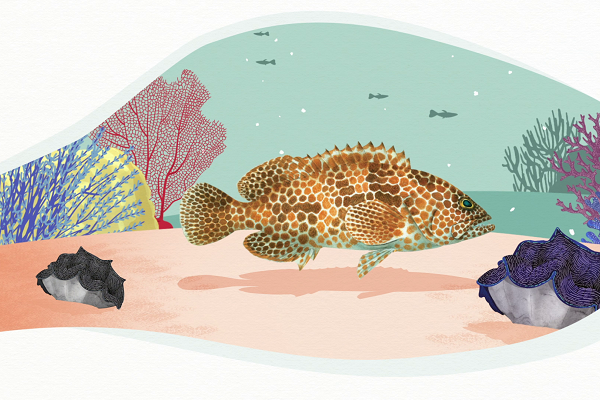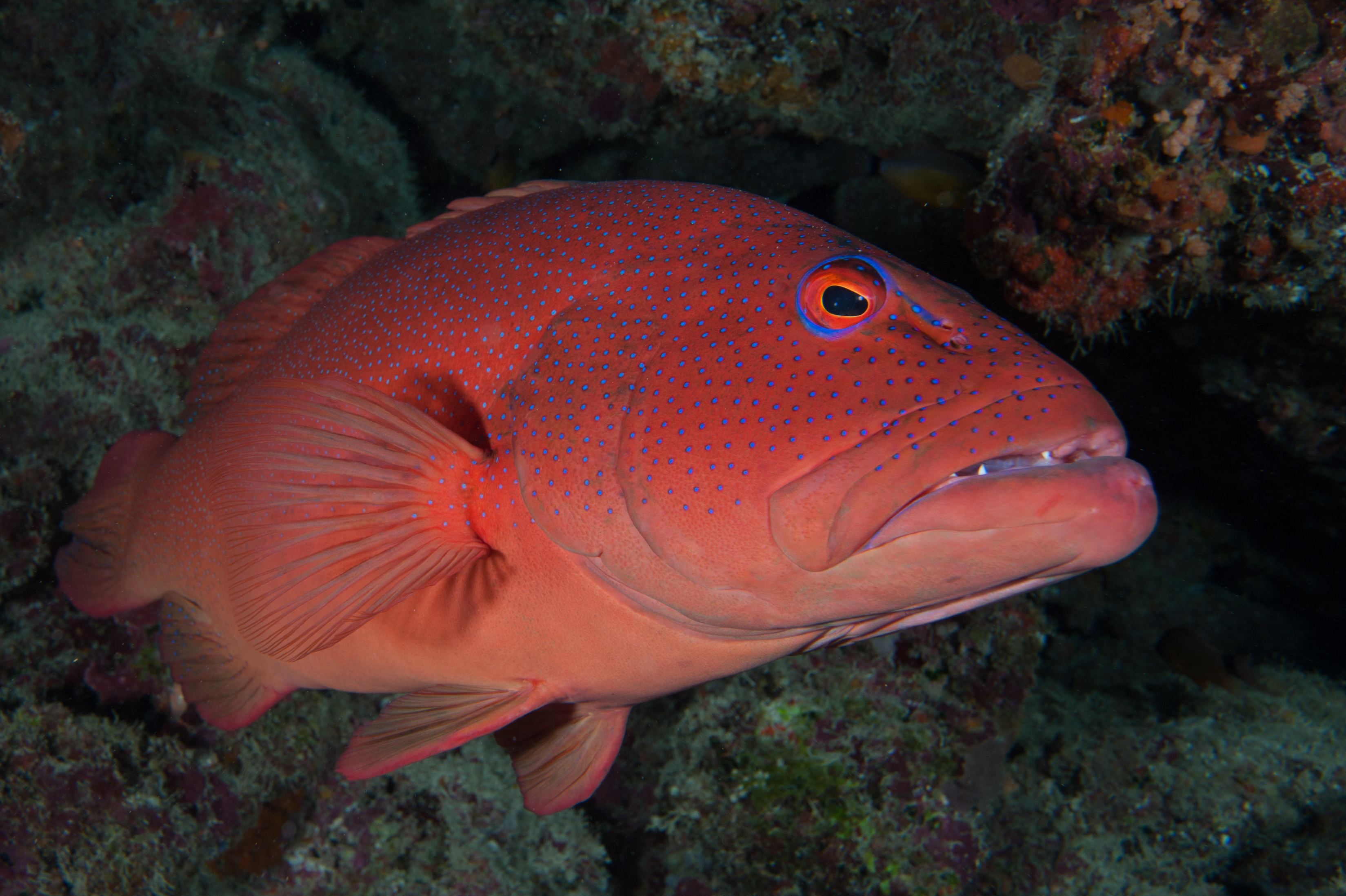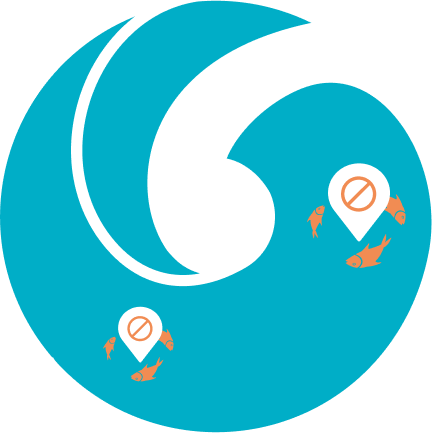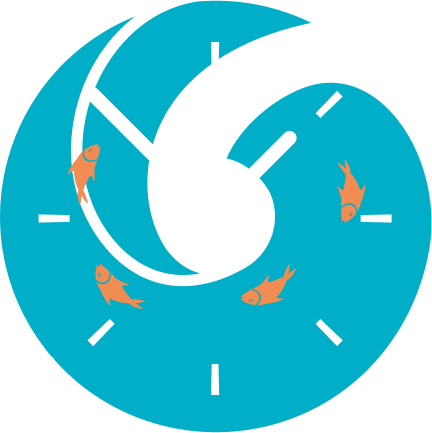Image: © Matthieu Juncker
To gain access to full information on groupers, download the information sheet produced by the LMMA Network and SPC.
If you have noticed a decline in your catches or are concerned about grouper populations, here are some priority actions the community can consider in addition to national regulations:
Fish smart rules
Gear restrictions
A ban on gill nets which, especially if used on spawning aggregations, have been responsible for reducing the number of breeding fish.
A ban on spear fishing at night, which has been responsible for removing many large fish from extensive areas of reef.
Tabu areas (Fish reserves)
A ban on fishing in areas (sites) where spawning aggregations occur – which assumes that the community has some control over the spawning sites which may be some distance away.
Temporary bans
A ban on fishing during the peak of the spawning season, which may involve several short closures at monthly intervals as some species appear to aggregate at particular times in the moon cycle.
Good to know: size limits may not be helpful
Most grouper species start out life as females (♀) and change sex to males (♂). Minimum size limits applied to a species that changes sex from female to male may not help. If only large individuals can be legally caught, the catches will be made up of almost all males, leaving mostly females in the population.
Fishing methods
Groupers are caught using baited hooks and lines, baited traps, gill nets and spears. They aggressively strike baited hooks before retreating into coral crevices where they use their powerful gill muscles to lock themselves in. Spearing is done during the evening or at night when the groupers are most active. Groupers caught in baited traps are important in the live fish trade.
Many groupers are caught as they gather in large groups to breed (in spawning aggregations). Fishing in this way is destructive as these breeding fish are responsible for producing small fish, many of which will grow and be available to be caught in future years.
Management measures in the region
Several management measures have been used on groupers in fisheries. These measures include limiting the numbers of fishers (through fishing licences), limiting the amount of fish caught (quotas) and restricting the type of fishing gear used. These measures are generally used more often in commercial fisheries than those in communities.
Minimum size limits have been imposed (but often poorly enforced) in several countries.
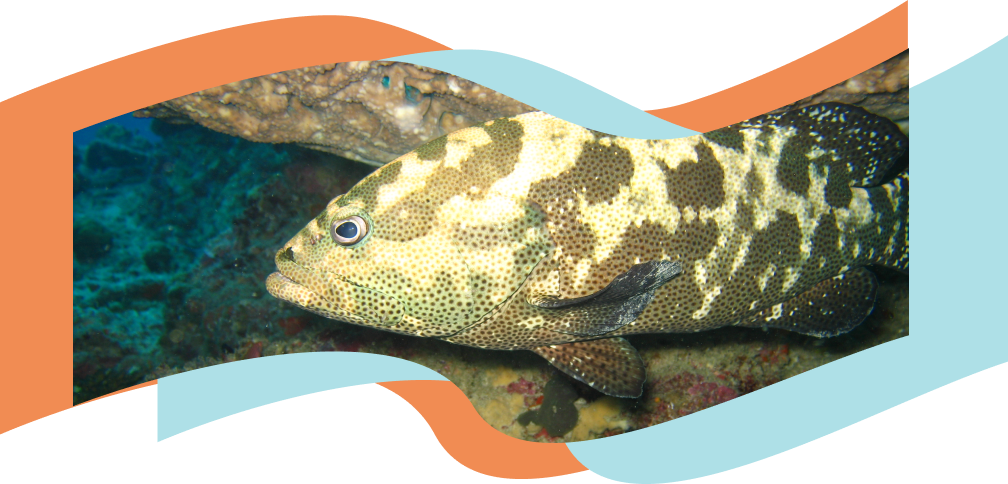
Some species
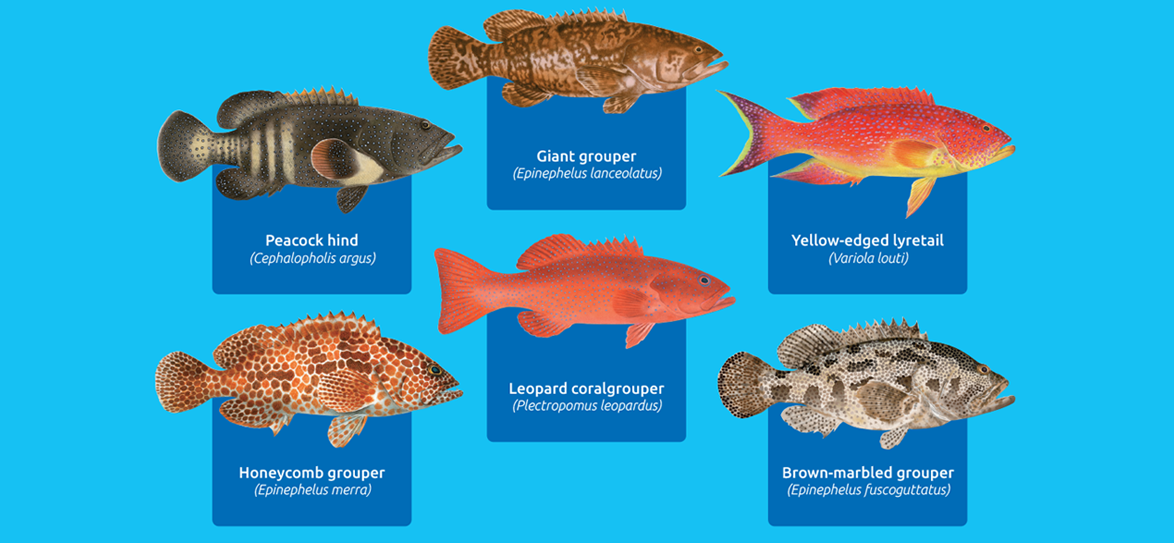
There are approximately 160 species of groupers. The species vary greatly but most have a wide body with a large head and mouth. Many species are well camouflaged in spots of yellow, green and brown.
Different species are found in tropical and temperate waters around the world. In the Pacific the number of species generally decreases from west to east but important food species are found in all tropical islands.
The giant grouper, Epinephelus lanceolatus, is one of the largest bony fish in the world and grows up to 3 m long and weighs up to 600 kg. Many of the smaller groupers (40 to 50 cm long) are more important in the catches of coastal communities, however.
The key habitats in the life cycle of groupers are the shallow water areas of coral rubble (where the young fish settle), the coral reef (where the adults live) and the spawning aggregation sites (where adults gather to reproduce). Adults of many species appear to have relatively small home ranges (areas in which they live and feed) and one male may have a group of several females in an area of reef.
Groupers are not fast swimmers over long distances and they often lie in wait for their prey or use their mouths and gills as powerful pumps to suck their prey from crevices. They eat fish, small sharks, juvenile sea turtles, octopuses and spiny lobsters.
Most groupers grow relatively slowly and various species live for 5 to 15 years. Generally, several common species reach reproductive maturity at 30 to 50 per cent of their lifespan. Most grouper species start out life as females (♀) and change sex to males (♂) at an age of about half their lifespan (that is, from 3 to 7 years depending on species).
Many species move to particular areas at the same time each year to reproduce in spawning aggregations. In these aggregations, females release eggs (some larger individuals produce over 1 million eggs) and these are fertilised by sperm released by males.
The fertilised eggs hatch to very small forms (larval stages) which drift in ocean currents for 1 to 2 months. Less than one in every thousand of the small floating forms survives to settle as a juvenile in shallow water near reefs.
As they grow, they move onto coral reefs and less than one in every hundred of the young fish (juveniles) survives to become an adult.
Related resources
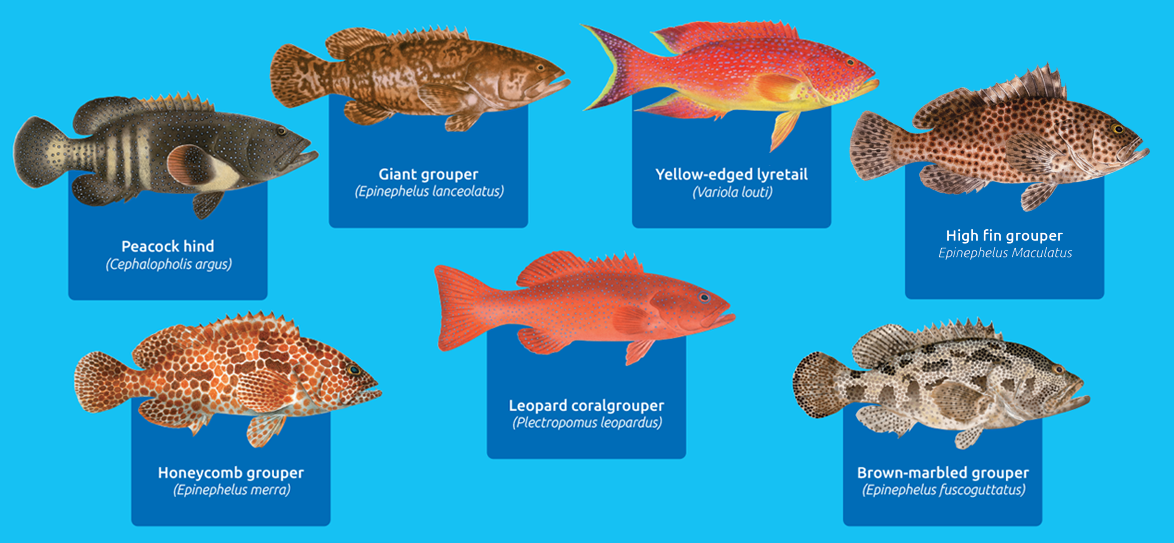
To gain access to full information on groupers, download the information sheet.
